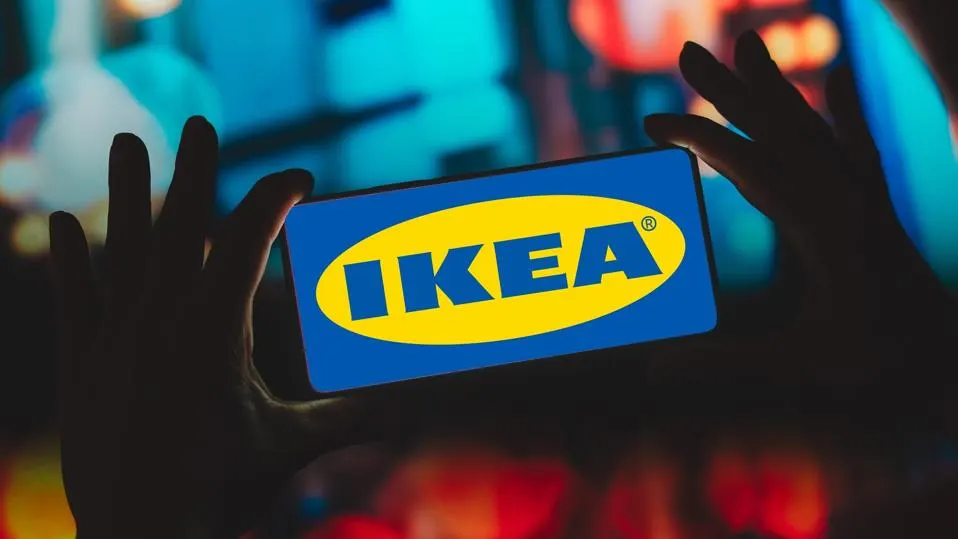What Is Extended Reality Technology? A Simple Explanation For Anyone
2 July 2021
Imagine what it might be like to live and work in our world in 2030 and beyond. Perhaps, thanks to advancements in extended reality (XR), an umbrella term used to describe immersive technologies that can merge the physical and virtual worlds, you might be able to shop for a new home anywhere in the world as if you were actually on-site or head to lunch in some faraway land. By 2022, the XR market is expected to reach $209 billion, which is eight times what it is today. This tremendous growth could mean the realities of our 2030 lives are beyond our imagination’s ability to grasp.

What is extended reality (XR)?
XR is an emerging umbrella term for all the immersive technologies. The ones we already have today—augmented reality (AR), virtual reality (VR), and mixed reality (MR) plus those that are still to be created. All immersive technologies extend the reality we experience by either blending the virtual and “real” worlds or by creating a fully immersive experience. Recent research revealed that more than 60% of respondents believed XR will be mainstream in the next five years. To get a better picture of XR, let’s review each of the existing technologies that exist today.
Augmented reality (AR)
In augmented reality, virtual information and objects are overlaid on the real world. This experience enhances the real world with digital details such as images, text, and animation. You can access the experience through AR glasses or via screens, tablets, and smartphones. This means users are not isolated from the real world and can still interact and see what’s going on in front of them. The most well-known examples of AR are the Pokémon GO game that overlays digital creatures onto the real world or Snapchat philtres that put digital objects such as hats or glasses onto your head.
Virtual reality (VR)
In contrast to augmented reality, in a virtual reality experience, users are fully immersed in a simulated digital environment. Individuals must put on a VR headset or head-mounted display to get a 360 -degree view of an artificial world that fools their brain into believing they are, e.g, walking on the moon, swimming under the ocean or stepped into whatever new world the VR developers created. The gaming and entertainment industry were early adopters of this technology; however, companies in several industries such as healthcare, construction, engineering, the military, and more are finding VR to be very useful.
Mixed reality (MR)
In mixed reality, digital and real-world objects co-exist and can interact with one another in real-time. This is the latest immersive technology and is sometimes referred to as hybrid reality. It requires an MR headset and a lot more processing power than VR or AR. Microsoft’s HoloLens is a great example that, e.g, allows you to place digital objects into the room you are standing in and give you the ability to spin it around or interact with the digital object in any way possible. Companies are exploring ways they can put mixed reality to work to solve problems, support initiatives, and make their businesses better.
Extended Reality Applications for Business
There are many practical applications of XR. Here are a few:
- Retail: XR gives customers the ability to try before they buy. Watch manufacturer Rolex has an AR app that allows you to try on watches on your actual wrist, and furniture company IKEA gives customers the ability to place furniture items into their home via their smartphone.
- Training: Especially in life-and-death circumstances, XR can provide training tools that are hyper-realistic that will help soldiers, healthcare professionals, pilots/astronauts, chemists, and more figure out solutions to problems or learn how to respond to dangerous circumstances without putting their lives or anyone else’s at risk.
- Remote work: Workers can connect to the home office or with professionals located around the world in a way that makes both sides feel like they are in the same room.
- Marketing: The possibilities to engage with prospective customers and consumers through XR will have marketing professionals pondering all the potential of using XR to their company’s advantage.
- Real estate: Finding buyers or tenants might be easier if individuals can “walk through” spaces to decide if they want it even when they are in some other location.
- Entertainment: As an early adopter, the entertainment industry will continue to find new ways of utilising immersive technologies.
Challenges of XR
Those developing XR technologies are battling with some of the challenges to mainstream adoption. First, XR technologies collect and process huge amounts of very detailed and personal data about what you do, what you look at, and even your emotions at any given time, which has to be protected.
In addition, the cost of implementing the technology needs to come down; otherwise, many companies will be unable to invest in it. It is essential that the wearable devices that allow a full XR experience are fashionable and comfortable as well as always connected, intelligent, and immersive. There are significant technical and hardware issues to solve that include but are not limited to the display, power and thermal, motion tracking, connectivity and common illumination—where virtual objects in a real world are indistinguishable from real objects especially as lighting shifts.
As each day passes, we are one step closer to solving these issues so that we will see many more mainstream applications of all XR technologies over the coming years.
Related Articles
Responsible AI: Why Privacy Is An Essential Element
Today, people often talk about “responsible” AI use, but what do they really mean?[...]
The Amazing Ways IKEA Is Using Generative AI
Global furniture retailer IKEA has long been at the forefront of tech-driven retail innovation.[...]
Generative AI Is Coming To Your Home Appliances
Across all industries, organizations are rapidly embracing generative AI. Among them, makers of home appliances like fridges and ovens.[...]
Generative AI And The Risk Of Inbreeding
We all understand the concept of inbreeding in human terms – where people who are too genetically similar reproduce, resulting in offspring with deformities.[...]
How Generative AI Will Change The Jobs Of HR Professionals
HR is fundamentally about managing humans – so how will the job change in a future where powerful generative AI tools are everywhere?[...]
Amazon Harnesses Generative AI For Seamless Palm Recognition Shopping Experience
Generative AI may have made headlines for its ability to write text and create art, but its uses extend beyond simply generating content.[...]
Sign up to Stay in Touch!
Bernard Marr is a world-renowned futurist, influencer and thought leader in the fields of business and technology, with a passion for using technology for the good of humanity.
He is a best-selling author of over 20 books, writes a regular column for Forbes and advises and coaches many of the world’s best-known organisations.
He has a combined following of 4 million people across his social media channels and newsletters and was ranked by LinkedIn as one of the top 5 business influencers in the world.
Bernard’s latest book is ‘Generative AI in Practice’.










Social Media